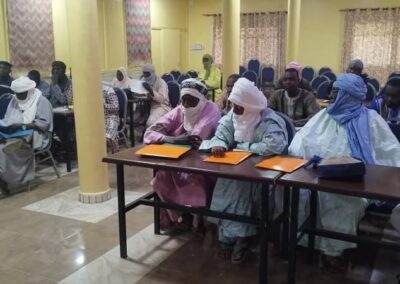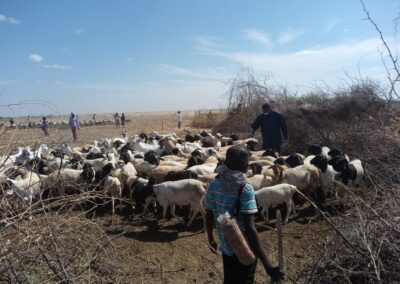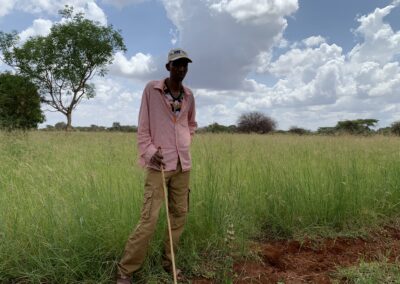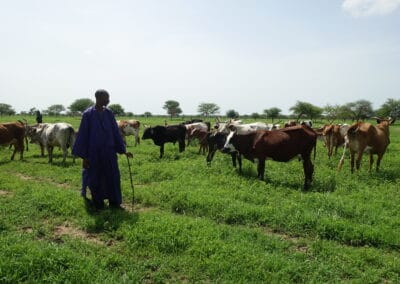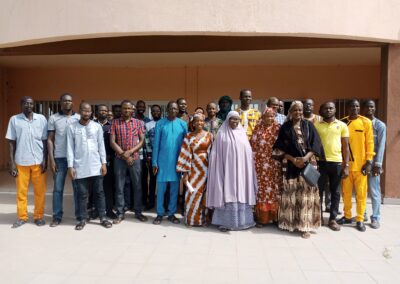Emergency Lifesaving and Livelihoods Support to Vulnerable IDPs and Host Communities Affected by Floods
Project Overview
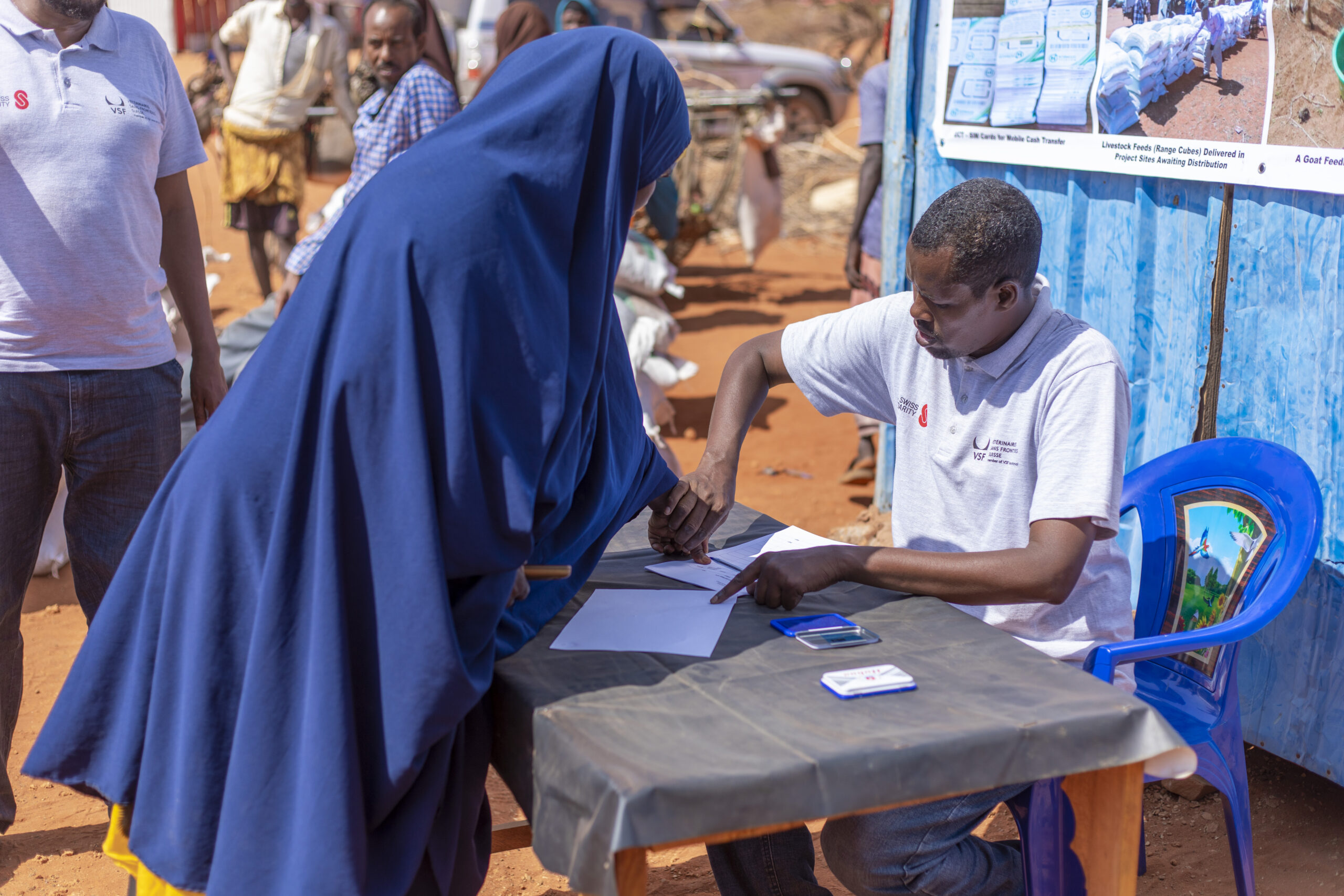
Project name
ELLFS
Duration of the project
Start: |
01.01.2024 |
End: |
01.06.2024 |
Budget
CHF 503’387
Financed by
Project area
Topics
Tags
Background
The 2023 deyr (October to December) seasonal rains have intensified, with heavy rains reported across Somalia including Jubaland states. The force of the floodwaters of the deyr rains has swept away temporary shelters, leaving the displaced individuals without adequate protection from the weather elements. Additionally, the flash floods destroyed crops, food supplies, health facilities, farms, and water pump engines. In addition to lack of shelter, bedding, blankets, sleeping mats the displaced families remain in their camps with no services including health, schools/education, food and water. More than 4 million people were experiencing Crisis or worse (IPC Phase 3 or above).
The aim of the project is to reduce community sufferings related to food insecurity, health risks for both humans and animals, and loss of livelihoods among vulnerable communities affected by floods.
Goal
The project has four outcomes, namely:
- Multipurpose cash assistance will enable the targeted beneficiaries to buy food from the local markets and to meet other basic needs such as bedding, sleeping mats, communication, batteries, energy for cooking ( e.g charcoal and firewood), education and health needs of their household members.
- The distribution of water treatment chemicals, soap and appropriate containers for storing drinking water will increase access by the targeted communities to safe drinking water and the distribution of insecticide impregnated nets will prevent vector-borne diseases, including zoonoses.
- Emergency veterinary services will protect livestock assets, improve their health and assure productivity including milk for vulnerable groups.
- The distribution of agricultural tools and seeds (vegetables, legumes and cereals) will support the improvement of agro-pastoral and riverine communities.
Which of the 17 UN Sustainable Development Goals does this project work towards?


